https://www.youtube.com/watch?v=iZuqSvSCzM8
Living room Setup in Budget ( Floor seating ) _ Interior Maata
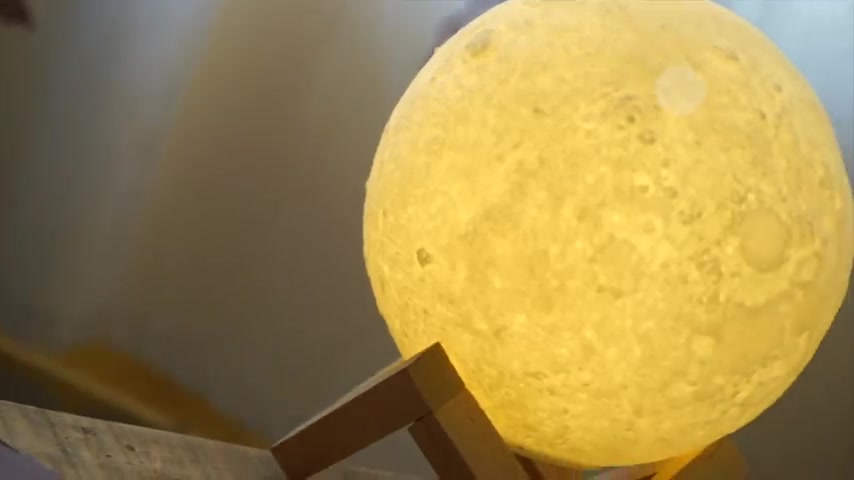
I attached the base boards with two inch brad nails right into the studs .
I was doing the old knuckle knocking trick to find the studs , which is less than optimal .
There's a better way .
My favorite way to find studs in a wall is using a rare earth magnet .
Any magnet will work , but the rare earth magnets work really well .
All you have to do is run it across the wall and where it sticks to the wall , it is found a metallic fastener like a screw or a nail and there is a stud there and to keep the walls from getting marked up too much , I just put a little piece of scotch painters tape on the end and it is a great way to protect your wall .
I'm gonna be painting this , but it will work great that way if you're hanging pictures on a finished wall , and I used this trick to mark out the studs about six inches below the crown molding to make the next step a little bit easier .
Now , the mean nails are gonna hold the board in place .
But adding adhesive ca gives you that belt and suspenders confidence that it's not gonna drop down on your head and we hoisted up the upper board and then I nailed it into place at all those marks that I had just made on the studs .

ॅ करना मत भूलिए ऍम में जाके हाँ कर लीजिये क्योंकि वहाँ पे बहुत अच्छे अच्छे ॅ फॅमिली गत्ता इस जगह के लिए एक सिंगल करता है ।
वो ऍम तो मैं यूस करने वाली हूँ ।
आप सिंगल ॅ या फिर अगर आपके पास कुछ नहीं है ।
ऐसा कुछ नहीं ऍम पहुंॅच और मुँह आपको मिल जाएगा तो मैं पहुंॅच उसके बाद मैं वाइट हूँ कोई डाॅलर लगा सकते हैं ।
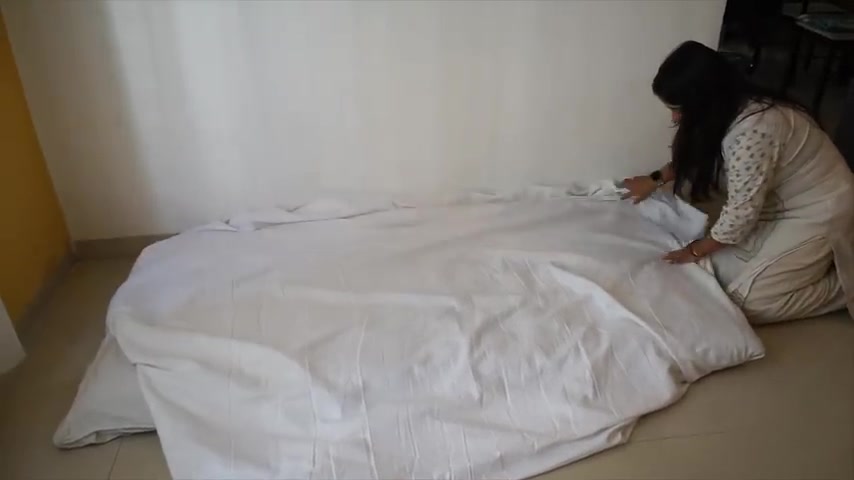
But gaps where the vertical boards meet , the base boards should be reduced the best you can .
I use some shims to flush the one by fours up with the base before nailing them in and then I could come back and score them with a box cutter and snap them off and leave the shims in place behind the boards .
I went over the other side of the room and I installed the left edge to define my interior space before moving on .
I recommend marking the layout of your boards on the wall as a last confirmation before installing everything just to make sure that your measurements are good here .
And wouldn't , you know , I totally jacked up one of my measurements .
So I remarked the two boards and made sure everything was evenly spaced and avoided a big mistake in the end .
And then I can mark and label all the vertical boards and cut them down to size all at once .
If you don't get them perfect .
Don't worry , you can fill in any small gaps later .
And now when installing the interior boards , I used a 6 ft level to plumb up the one by four and then stuck it to the wall and nailed it in place at several spots .
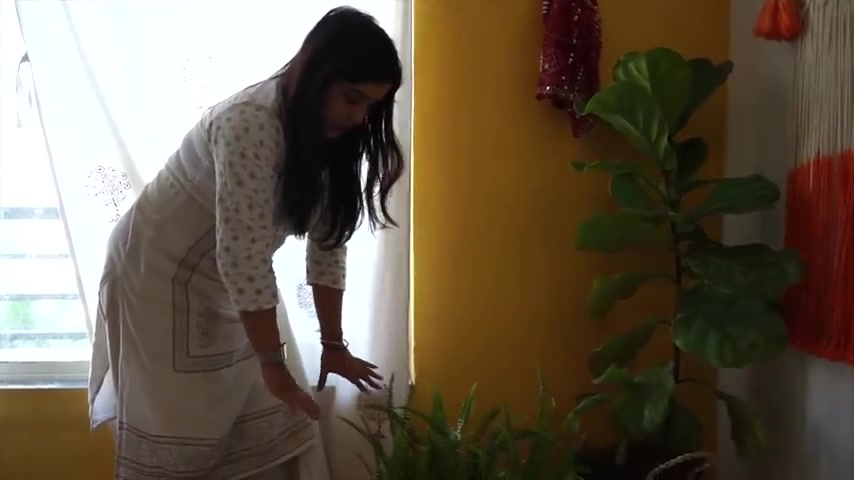
You more than likely won't be hitting studs here .
So a good amount of adhesive cack will hold the wood in place .
One of the things I started doing was leveling the board and then marking on both sides of it at the top , middle and bottom .
And that way I had nice reference lines so I could center the one by four on it and I didn't have to check for level once I had the adhesive on and wanted to tack it in place .
We're ready to install the horizontal boards here for the detail .
And I cut two spacers .
Uh These are 16.5 inches for our wall and I also cut the horizontal spacers to fit and they're nice tight fit .
So now I can just use the spacer to butt that straight in .
Just imagine that that's up there .
So we're gonna put these in .
I'm gonna use the 16.5 spaces for the top as well as the bottom and it'll make installation super easy .
And spacers really do take the guesswork out of it and all you have to do is worry about shimming out the boards to be flushed with the verticals .
I use cedar shims for most of the larger gaps , but for smaller gaps , I used a couple pieces of playing cards to shim it out .
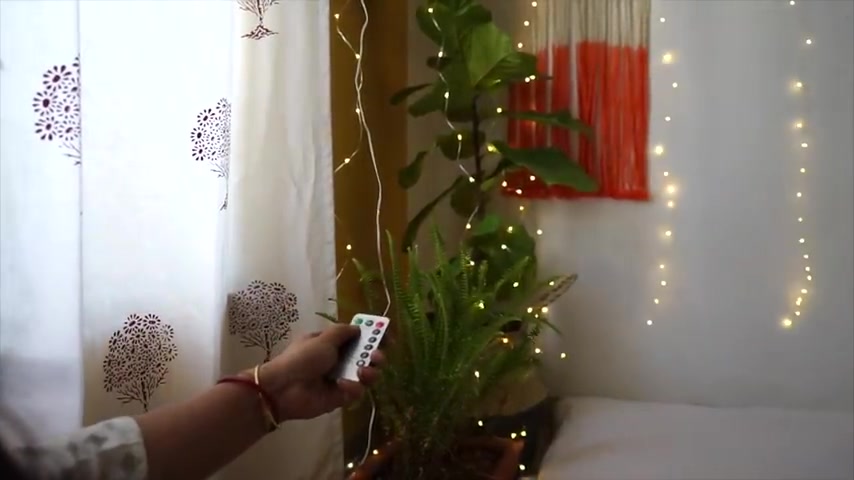
And just a tip here , cutting those top boards a little tight will help you with the juggling act of trying to use the spacers on the top and nail the one by four up there all by yourself .
And , but now I could really start seeing how the room would look and I am loving this layout for sure .
The boards are up and they're looking great .
Now , I have to fill all the holes and the seams .
I'm gonna be using some more of the three m high strength small hole repair .
And I'm gonna use it actually in the big tub because they have so many holes .
And I'm gonna also use it to fill the cracks and you want to fill the cracks and the holes first .
That way you can sand everything and get the dust all gone before you start doing your ca I filled in all the gaps and nail holes and went a little .
He so that I knew I could sand them back to flush .
And after it all dried , I could use those sanding sponges on the nail holes to smooth everything out .
But on the joints between the boards , use an electric sander .
It's gonna save you a ton of time here and just keep sanding until you see bare wood on both sides of the joint and then , you know , it's flush .
I finished off the wall prep by clocking all the seams of the trim .

Just try to use as little caulk as possible because you don't want it squeezing out and getting everywhere when you smooth it down with your advanced smoothing tool , your pointer finger .
All right , we're ready to prep for paint and we're gonna be using the Scotch , delicate surface painters tape .
This is specifically made just for this application , accent walls and painting stripes and things on walls .
It is perfect for that .
It has the edge lock technology which seals out the paint to give you a nice crisp and clean line also because it is for delicate services .
You can use it on painted walls after they've been cured for at least 24 hours .
So we're at 36 hours on this wall .
So we're gonna be good .
I'm going to bed it down and then we'll start cutting in and we'll get that nice crisp line when we peel it off .
Now , before starting to put down your tape , make sure that the surface is clean and dry and then start at the top and work your way down .
Now , I like to hold the tape roll tight against the wall to help keep the line straight to help seal the edge .
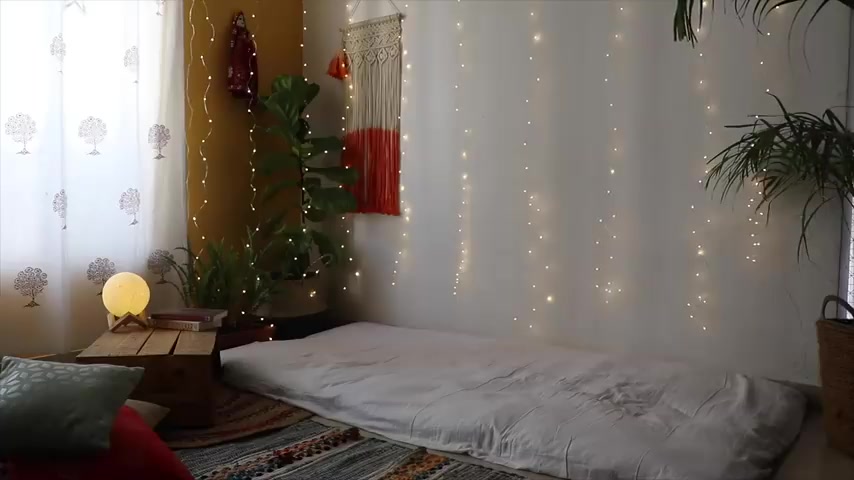
I came back with a putty knife embedded down the tape , putting some nice pressure on it and the tape should set for 30 to 60 minutes before painting to let that edge lock technology seal tight .
So I used that time to prime all the bare wood on the walls and to tape the top and bottom and do some cutting in .
I used the Scotch blue original on the carpet and I tucked the tape under the baseboard to fully protect it and definitely use the wide tape here for this application .
I use the Scotch blue sharp lines tape on the top to cover up the crown molding though , I realized that the entire line is gonna be hidden from sight because that top board actually sticks out further than the crown molding where they meet .
And before painting the outside lines , we decided to cut in the interior panels and that way Susan could be rolling while I was painting the trim boards .
I had this really cool time lapse of it all , but apparently my camera had other ideas because it cut off one minute into it .
So , and we're done at this point , it had been over an hour .
So I was good to paint the edges over the delicate surface tape .
Are you looking for a way to reach a wider audience and get more views on your videos?
Our innovative video to text transcribing service can help you do just that.
We provide accurate transcriptions of your videos along with visual content that will help you attract new viewers and keep them engaged. Plus, our data analytics and ad campaign tools can help you monetize your content and maximize your revenue.
Let's partner up and take your video content to the next level!
Contact us today to learn more.